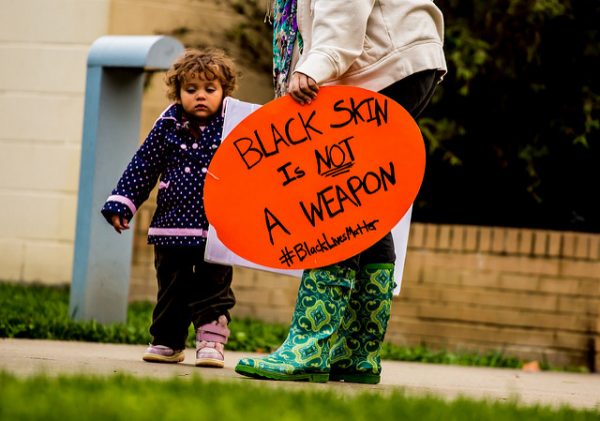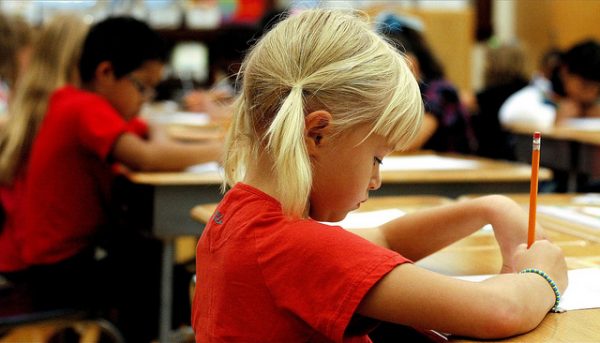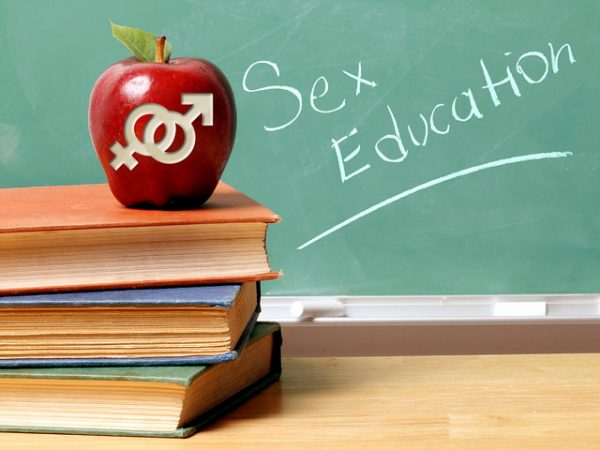
This post was created in collaboration with the Minnesota Journalism Center.
From FiveThirtyEight to the front page of the local paper, data journalism is on the rise at media outlets worldwide. As early as 2012, Columbia Journalism Review published reports featuring examples of local and regional outlets beginning to publish stories with graphs, charts, and visualizations online. In the case of New York City news media in particular, data, analytic, and platform-based positions now account for nine percent of all media jobs — marking considerable growth since 2010. Studies also show that, in today’s journalistic job market, entry-level journalists are often expected to have skills in data journalism, social media, and analytics in addition to traditional reporting and editing skills. Social science research shows how social forces contribute to this shift.
Legacy media organizations including the Los Angeles Times and the Washington Post produce news at breakneck speed in a 24/7 news cycle, and are constantly innovating to find the most profitable and efficient methods to distribute news to the public. Not only are online media able to host the results and illustrations of large data analysis, but some media outlets utilize computational and/or algorithmic processes and programs that automatically convert batches of data into news stories for publication.
- Matt Carlson. 2014. “The Robotic Reporter.” Digital Journalism 3(3): 416-431.
- Angèle Christin. 2018. “Counting Clicks: Quantification and Variation in Web Journalism in the United States and France.” American Journal of Sociology 123(5): 1382-1415.
- Phaedra Daipha. 2015. Masters of Uncertainty: Weather Forecasters and the Quest for Ground Truth. Chicago: The University of Chicago Press.
The rise of data journalism is also self-reinforcing: As data becomes a central fixture in newsrooms worldwide, higher education institutions are developing programs to train journalists in data, analytics and programming. Established data journalism programs at higher education institutions include Columbia Journalism School and the University of Missouri’s M.S. in Data Science & Analytics, while other institutions offer data journalism courses taught by part-time, adjunct, and/or visiting instructors who specialize in the field. Not surprisingly, social scientists are beginning to track and analyze these programs.
- Baharah R. Heravi. 2018. “3WS of Data Journalism Education.” Journalism Practice 0(0): 1-18.
- Greg Treadwell, Tara Ross, Allan Lee, Jeff Kelly Lowenstein. 2016. “A Numbers Game: Two Case Studies in Teaching Data Journalism.” Journalism & Mass Communication Educator 71(3): 297-308.
- Deb Halpern Wenger, Lynn C. Owens, Jason Cain. 2018. “Help Wanted: Realigning Journalism Education to Meet the Needs of Top U.S. News Companies.” Journalism & Mass Communication Educator 73(1): 18-36.









